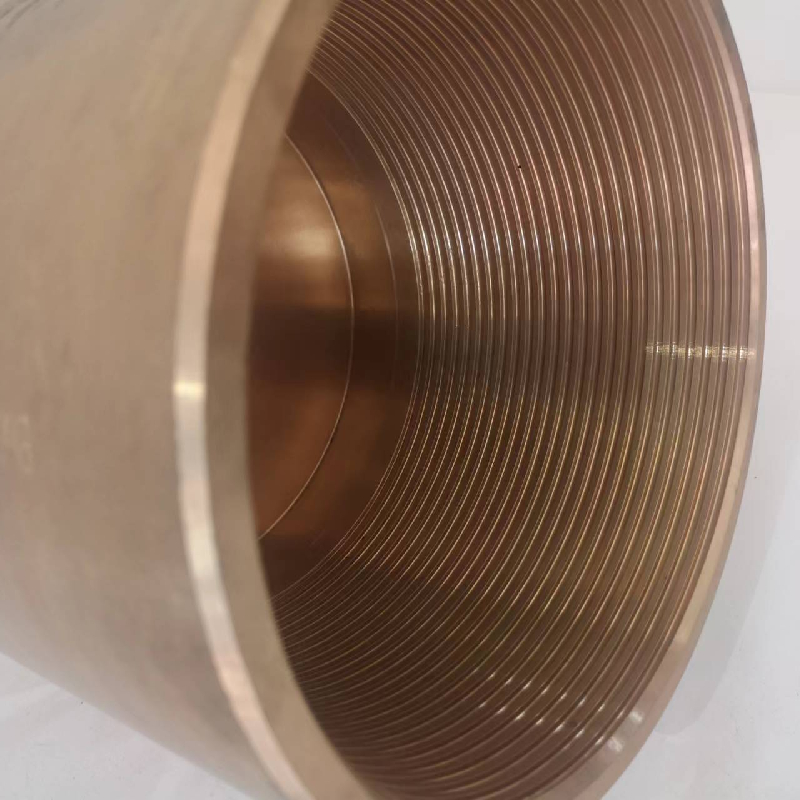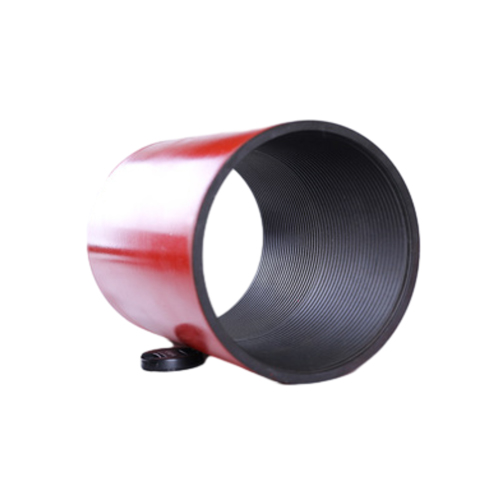- Afrikaans
- Albanian
- Amharic
- Arabic
- Armenian
- Azerbaijani
- Basque
- Belarusian
- Bengali
- Bosnian
- Bulgarian
- Catalan
- Cebuano
- Corsican
- Croatian
- Czech
- Danish
- Dutch
- English
- Esperanto
- Estonian
- Finnish
- French
- Frisian
- Galician
- Georgian
- German
- Greek
- Gujarati
- Haitian Creole
- hausa
- hawaiian
- Hebrew
- Hindi
- Miao
- Hungarian
- Icelandic
- igbo
- Indonesian
- irish
- Italian
- Japanese
- Javanese
- Kannada
- kazakh
- Khmer
- Rwandese
- Korean
- Kurdish
- Kyrgyz
- Lao
- Latin
- Latvian
- Lithuanian
- Luxembourgish
- Macedonian
- Malgashi
- Malay
- Malayalam
- Maltese
- Maori
- Marathi
- Mongolian
- Myanmar
- Nepali
- Norwegian
- Norwegian
- Occitan
- Pashto
- Persian
- Polish
- Portuguese
- Punjabi
- Romanian
- Russian
- Samoan
- Scottish Gaelic
- Serbian
- Sesotho
- Shona
- Sindhi
- Sinhala
- Slovak
- Slovenian
- Somali
- Spanish
- Sundanese
- Swahili
- Swedish
- Tagalog
- Tajik
- Tamil
- Tatar
- Telugu
- Thai
- Turkish
- Turkmen
- Ukrainian
- Urdu
- Uighur
- Uzbek
- Vietnamese
- Welsh
- Bantu
- Yiddish
- Yoruba
- Zulu
Feb . 05, 2025 05:58
Back to list
Tubing Coupling
API tubing couplings play a crucial role in the oil and gas industry, serving as essential connectors within the tubing strings in various drilling and production applications. These components are crucial for ensuring the integrity and efficiency of the overall system. To comprehend their importance, an exploration into their functionality, manufacturing standards, and selection criteria is essential.
When selecting API tubing couplings, several factors should be taken into account. The first is the coupling's size and threading, which must be compatible with the tubing it connects to ensure a tight seal. Additionally, the pressure rating is vital; the coupling must be able to withstand the specific pressures encountered within the wellbore. Operators should also consider the temperature range the couplings will be exposed to, as different materials can handle different thermal stresses. Proper installation and maintenance of API tubing couplings are vital for their longevity and reliability. During installation, ensuring precise alignment and torque of the couplings can prevent stress points that may lead to premature failure. Regular inspection and maintenance routines can identify wear and potential issues before they escalate into major problems, thereby extending the lifespan of the components and safeguarding the entire operation. The evolution of tubing coupling technology continues, with innovations in thread designs and material sciences aimed at enhancing durability and efficiency. Advanced coatings and treatments are being developed to improve corrosion resistance and reduce friction, which is particularly beneficial in environments with high levels of H2S or CO2. Moreover, the incorporation of real-time monitoring technologies can provide operators with data-driven insights, allowing for predictive maintenance and operational adjustments on-the-fly. In conclusion, API tubing couplings are more than mere connectors in the oil and gas sector; they are pivotal components whose quality and performance can significantly impact the overall safety and efficiency of drilling and production operations. Choosing the appropriate couplings, adhering to API standards, and implementing diligent maintenance practices are imperative steps in optimizing the use and durability of these essential elements. As the industry progresses, staying informed on technological advances will continue to be crucial for professionals aiming to maintain the highest standards of safety and efficiency in their operations.


When selecting API tubing couplings, several factors should be taken into account. The first is the coupling's size and threading, which must be compatible with the tubing it connects to ensure a tight seal. Additionally, the pressure rating is vital; the coupling must be able to withstand the specific pressures encountered within the wellbore. Operators should also consider the temperature range the couplings will be exposed to, as different materials can handle different thermal stresses. Proper installation and maintenance of API tubing couplings are vital for their longevity and reliability. During installation, ensuring precise alignment and torque of the couplings can prevent stress points that may lead to premature failure. Regular inspection and maintenance routines can identify wear and potential issues before they escalate into major problems, thereby extending the lifespan of the components and safeguarding the entire operation. The evolution of tubing coupling technology continues, with innovations in thread designs and material sciences aimed at enhancing durability and efficiency. Advanced coatings and treatments are being developed to improve corrosion resistance and reduce friction, which is particularly beneficial in environments with high levels of H2S or CO2. Moreover, the incorporation of real-time monitoring technologies can provide operators with data-driven insights, allowing for predictive maintenance and operational adjustments on-the-fly. In conclusion, API tubing couplings are more than mere connectors in the oil and gas sector; they are pivotal components whose quality and performance can significantly impact the overall safety and efficiency of drilling and production operations. Choosing the appropriate couplings, adhering to API standards, and implementing diligent maintenance practices are imperative steps in optimizing the use and durability of these essential elements. As the industry progresses, staying informed on technological advances will continue to be crucial for professionals aiming to maintain the highest standards of safety and efficiency in their operations.
Next:
Latest news
-
Tubing Pup Joints: Essential Components for Oil and Gas OperationsNewsJul.10,2025
-
Pup Joints: Essential Components for Reliable Drilling OperationsNewsJul.10,2025
-
Pipe Couplings: Connecting Your World EfficientlyNewsJul.10,2025
-
Mastering Oilfield Operations with Quality Tubing and CasingNewsJul.10,2025
-
High-Quality Casing Couplings for Every NeedNewsJul.10,2025
-
Boost Your Drilling Efficiency with Premium Crossover Tools & Seating NipplesNewsJul.10,2025
Related Products







